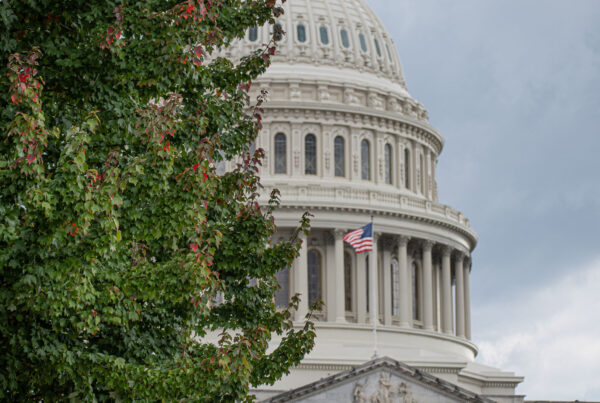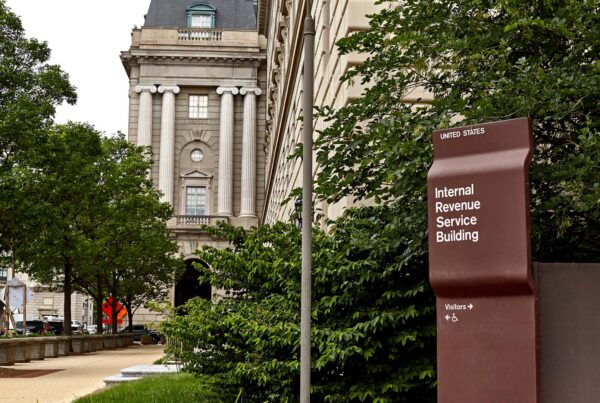The Treasury Department recently issued a study: Money Laundering and Terror Finance Through the Trade in Works of Art. The Treasury analysis does a good job of laying out why art sales can be attractive for those engaged in financial crimes, citing:
- The relatively high value of art compared to other retail goods and commodities;
- The historically opaque nature of the high-value art market;
- Subjective valuations and the lack of stable and predictable pricing;
- The transportability of certain types of artworks, including across international borders;
- The difficulty faced by law enforcement to monitor such movements and assess the value of artwork, including across borders; and
- The accepted use of third-party intermediaries to purchase, sell and hold artwork while their clients remain anonymous (i.e. art dealers, advisors, interior designers, shell companies, trusts).
The Treasury study also particularly highlights the possible use of foreign-trade zones/art storage facilities – commonly known as “freeports” as an area of particular concern regarding money laundering. Bottom line, fine art has become a vehicle of choice for money laundering organizations
I asked my colleague Eric Hylton – former Deputy Chief of IRS-Criminal Investigations — his take on all this, he stated:
“The Biden Administration has made it crystal clear that pursing high income net worth individuals will be a significant priority for the IRS in the next few years. An emerging area of interest is the use of fine art as mechanism to avoid and evade taxes.”
According to estimates from Deloitte’s 2017 Art & Finance Report high net worth individuals dedicated 1.62 trillion USD to art and collectibles in 2016 with a projected increase to 2.7 trillion USD by 2026.
Oddly auction houses and galleries do not fall under the anti-money laundering legal framework, which makes them especially vulnerable money laundering activities, especially since many of the art participants offer some financial services. The US Treasury Department study recommends that art dealers and financial dealers establish a database to track the sales of art to ensure that nefarious narcotics traffickers or possibly terrorist financing organizations are not using this vehicle to wash their ill-gotten gains.
Given the opaque nature of the art world and the lack of reporting – there is no question that the IRS (who has investigative responsibilities for money laundering) would be very interested in hearing from whistleblowers with detailed knowledge and information about specific improper/questionable art sales (and of course, any other money laundering activities as well as tax evasion). Information on money laundering (and of course tax evasion) is covered by the IRS whistleblower program – with possible rewards of 15-30% of the proceeds the government collects.



